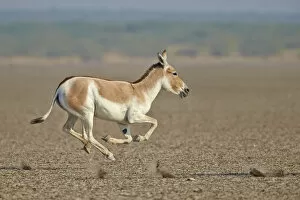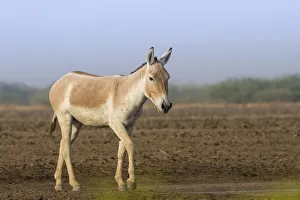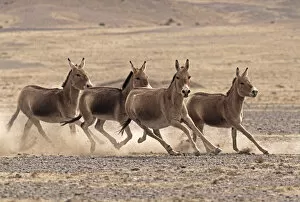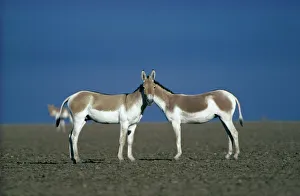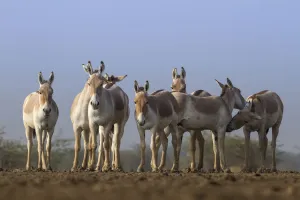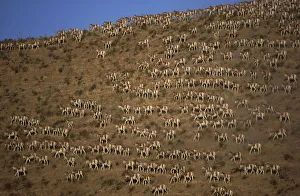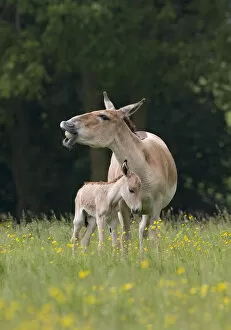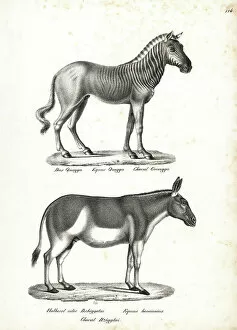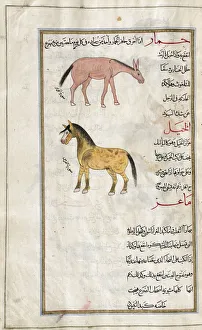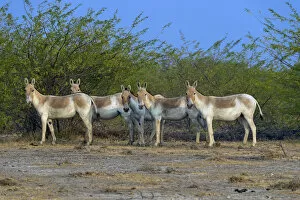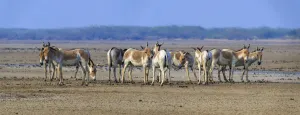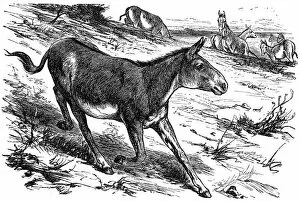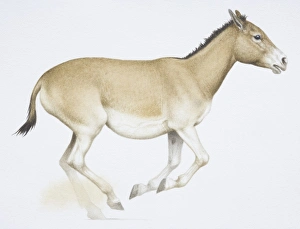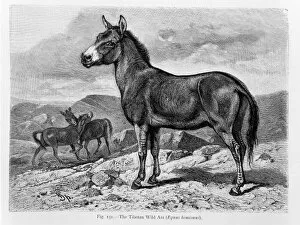Equus Hemionus Collection
The majestic Equus hemionus, commonly known as the Indian wild ass or onager, is a captivating creature found in various parts of the world
All Professionally Made to Order for Quick Shipping
The majestic Equus hemionus, commonly known as the Indian wild ass or onager, is a captivating creature found in various parts of the world. In the vast expanse of the Little Rann of Kutch lies the Wild Ass Sanctuary, where these magnificent animals roam freely. A lone stallion stands tall and proud amidst its natural habitat, showcasing its strength and resilience. In Mongolia's Gobi National Park, a small herd of Asiatic Wild Asses gallops across the open plains with grace and agility. Their synchronized movements create a mesmerizing spectacle that highlights their remarkable unity. Two male Indian Wild Asses capture our attention as they stand side by side, appearing as if they share a single head. This unique sight showcases their strong bond and cooperative nature within their social structure. Running through the wilderness of Little Rann of Kutch, an Indian wild ass displays its incredible speed and agility. Its powerful strides leave behind dust clouds that symbolize freedom in its purest form. A group of Indian wild asses stands together in harmony against the backdrop of Little Rann of Kutch. Their collective presence represents solidarity and emphasizes their significance in preserving this fragile ecosystem. The Turkmenian Wild Ass or Kulan faces endangerment in Badkhyz, Turkmenistan. These beautiful creatures serve as a reminder to protect our precious wildlife from extinction for future generations to appreciate. Even in captivity within UK borders, an Asiatic wild ass nurtures her foal with love and care. This heartwarming scene reminds us that every effort must be made to conserve endangered species like them. An extinct Quagga (Equus quagga) and an endangered Onager (Equus hemionus) are depicted side by side in an ancient lithograph from 1836. This artwork serves as a poignant reminder of how human actions can impact biodiversity over time.


